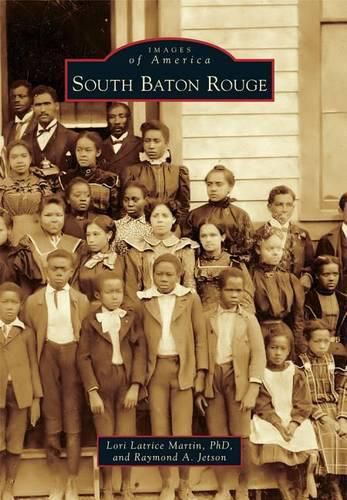Readings Newsletter
Become a Readings Member to make your shopping experience even easier.
Sign in or sign up for free!
You’re not far away from qualifying for FREE standard shipping within Australia
You’ve qualified for FREE standard shipping within Australia
The cart is loading…






Founded in 1699, Baton Rouge was the site of countless historic events and the home to many people, including those of African ancestry. South Baton Rouge is an African American community located in Baton Rouge. It was one of the first places African Americans could receive a high school education in the state. The three-mile community around historic McKinley High School was the site of the nation’s first successful bus boycott. When laws restricted where African Americans could live, work, learn, and play, South Baton Rouge was a refuge. African American restaurants, theaters, gas stations, and other businesses populated the community, and change-makers, including African American lawyers, judges, clergy, educators, and nurses, helped to sustain the community and other portions of the southern half of Louisiana’s capital through the end of legal segregation and beyond.
$9.00 standard shipping within Australia
FREE standard shipping within Australia for orders over $100.00
Express & International shipping calculated at checkout
Founded in 1699, Baton Rouge was the site of countless historic events and the home to many people, including those of African ancestry. South Baton Rouge is an African American community located in Baton Rouge. It was one of the first places African Americans could receive a high school education in the state. The three-mile community around historic McKinley High School was the site of the nation’s first successful bus boycott. When laws restricted where African Americans could live, work, learn, and play, South Baton Rouge was a refuge. African American restaurants, theaters, gas stations, and other businesses populated the community, and change-makers, including African American lawyers, judges, clergy, educators, and nurses, helped to sustain the community and other portions of the southern half of Louisiana’s capital through the end of legal segregation and beyond.